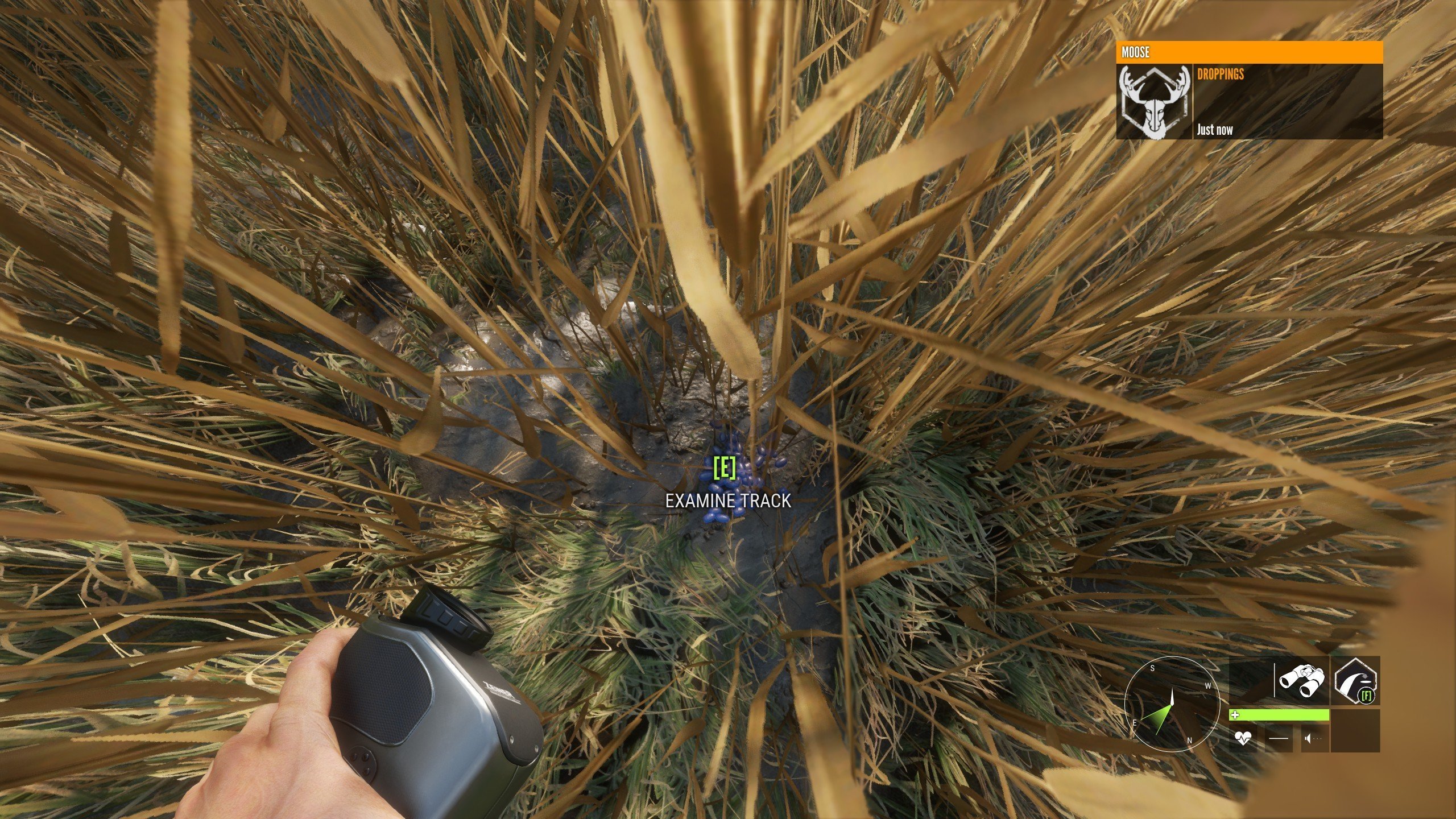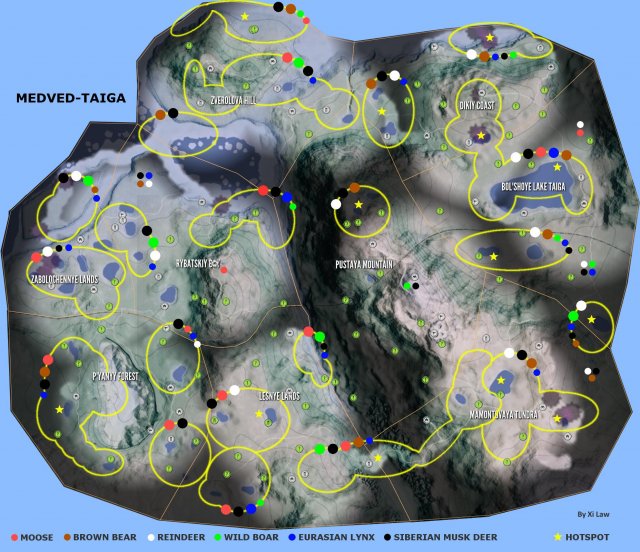
“Anything in the world that the player is not experiencing is kind of wasted.” But it’s not in a good hunting game. “I had this rule that if something happens and the player doesn’t see it, it doesn’t happen,” he tells me.

Designer Dan Peake, who worked on games like Mad Max before he joined Expansive Worlds to help make Call of the Wild, had think about design in very different ways. Hunting games don’t work like most games. They’re the result of countless hours of AI design and animation that closely model the behaviour of wild beasts, but they’re also part of a game, a fact that lends Call of the Wild a fascinating relationship with the natural world.

Here, you’re alone in large expanses of wilderness, following wild animals which live out lives and react to your presence in many complex ways. TheHunter: Call of the Wild is a hunting simulation that goes far beyond anything in a Far Cry or Tomb Raider. You crouch but the deer barks, alerting the rest of the herd, and moves on again, disappearing into the undergrowth. The deer stops and turns its head to look back in your direction.
/https%3A%2F%2Fimages.prismic.io%2Favalanche-studios%2F991cd483-d877-47db-8392-345caa4c4a93_CoTW_2021_mynewsdesk_headerSTEAM.png)
The deer’s ear twitches and it turns and trots away. You raise your binoculars and edge closer, but a branch scrapes your jacket. You’ve been tracking the herd for fifteen minutes, and now, finally, you’re close enough to see your first deer. This is The Mechanic, where Alex Wiltshire invites developers to discuss the difficult journeys they’ve taken to make their games.


 0 kommentar(er)
0 kommentar(er)
